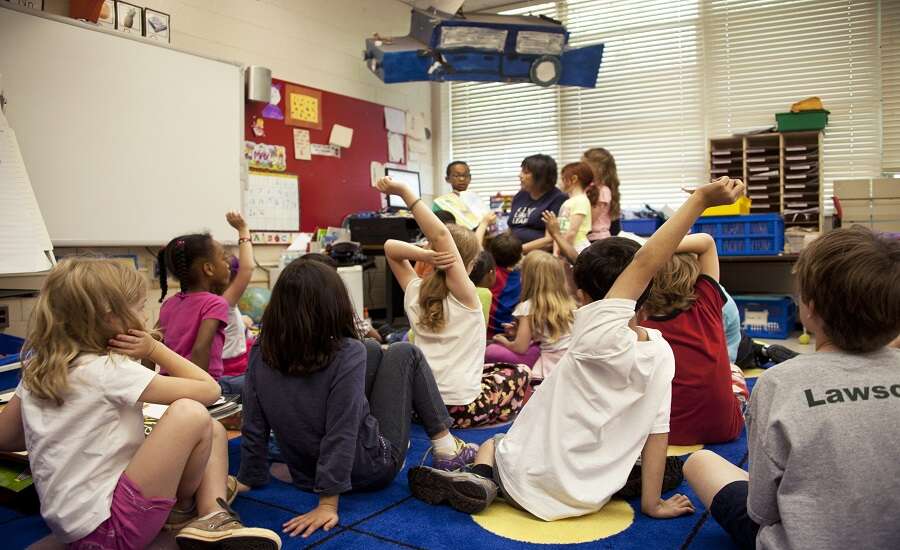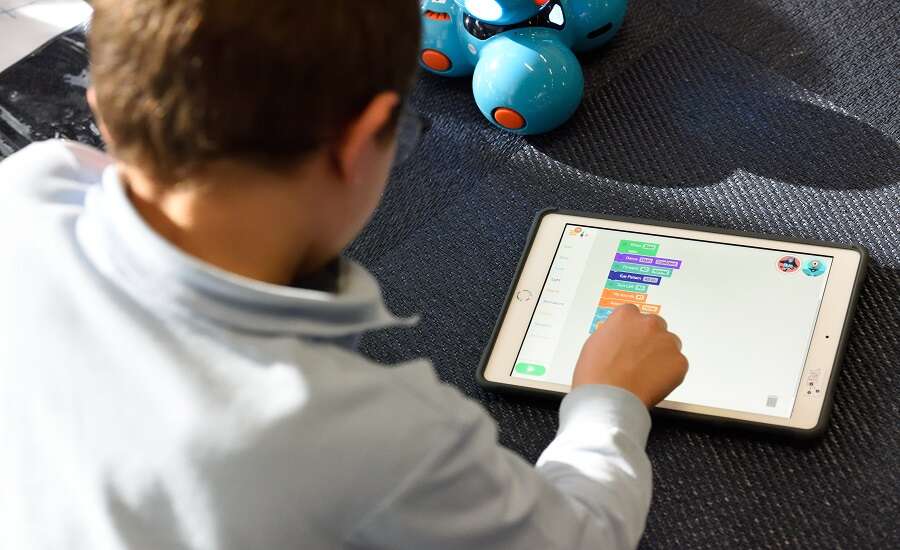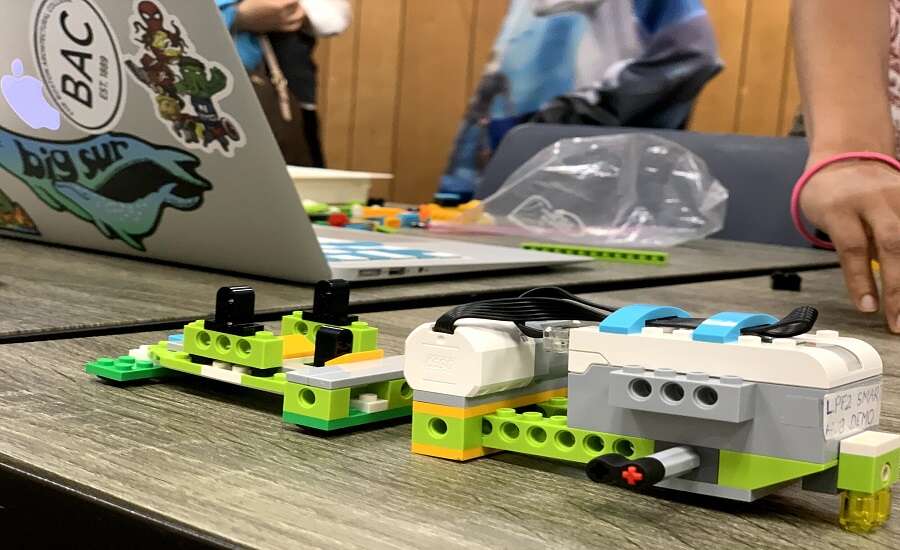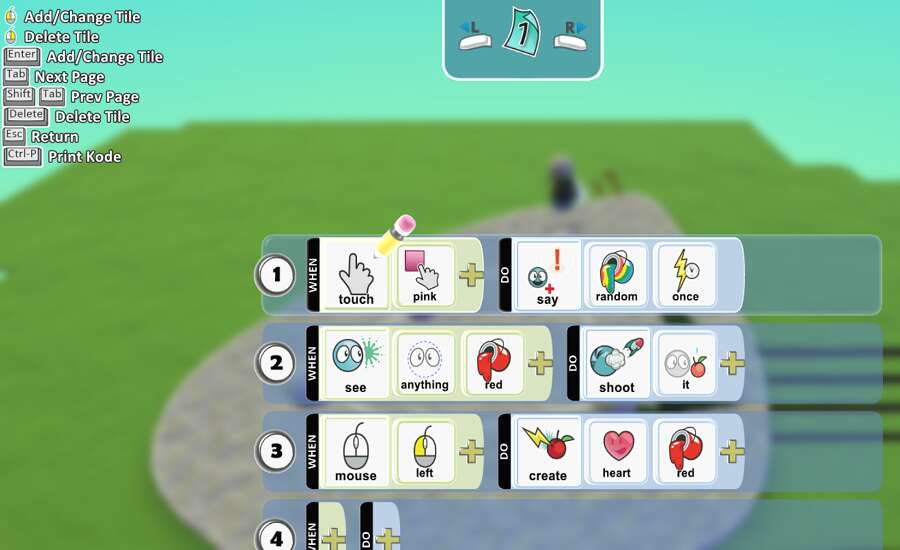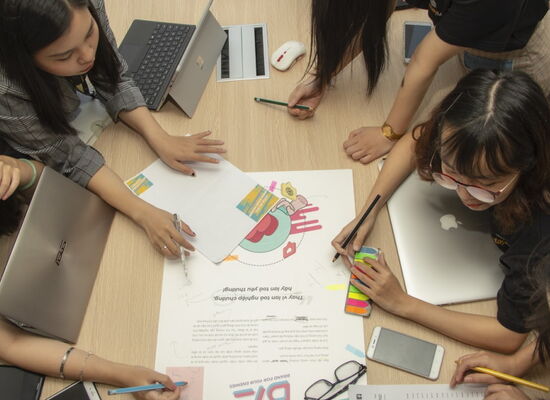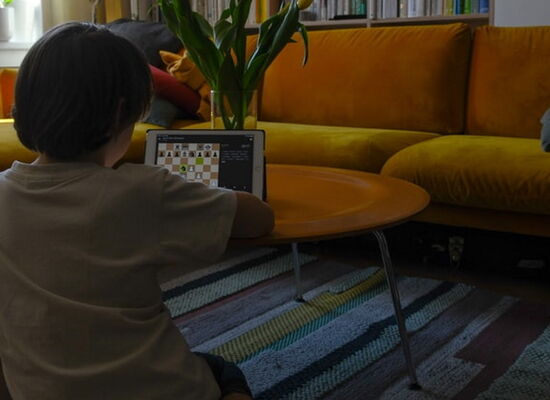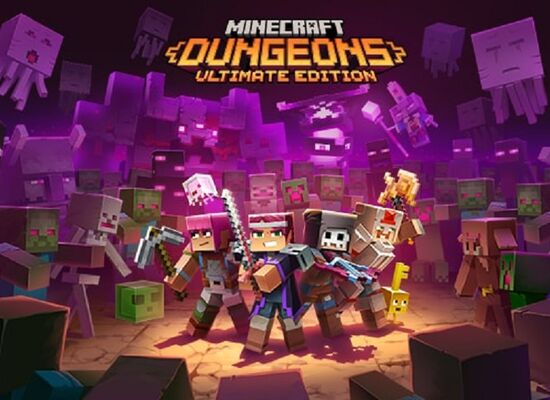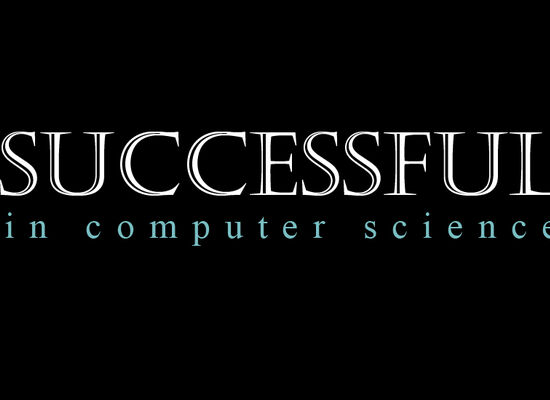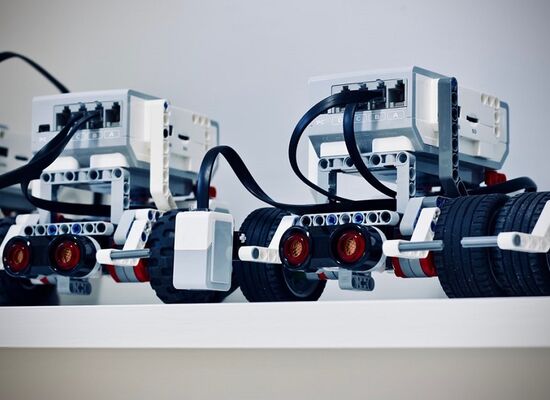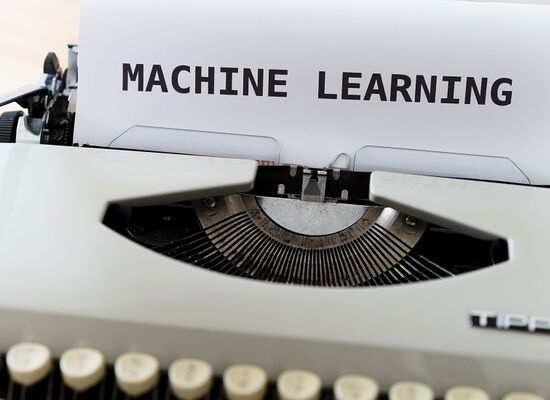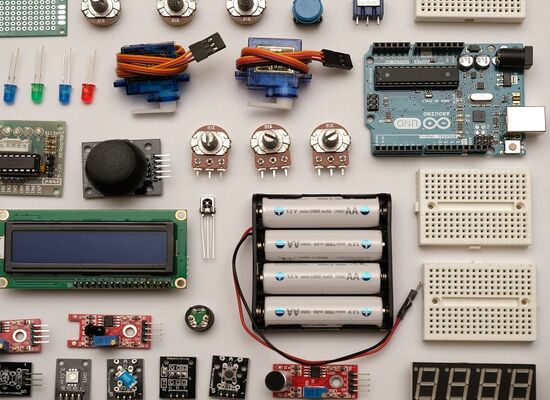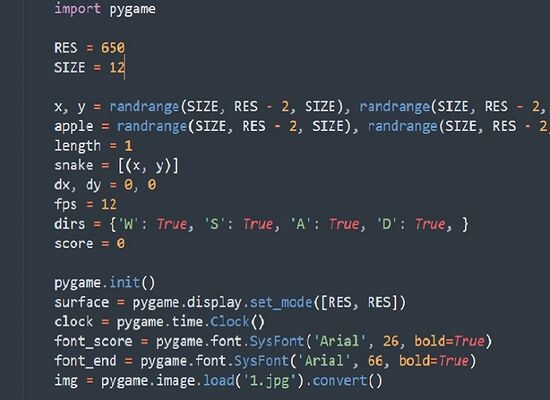Coding for Kindergartners
17 March, 2021
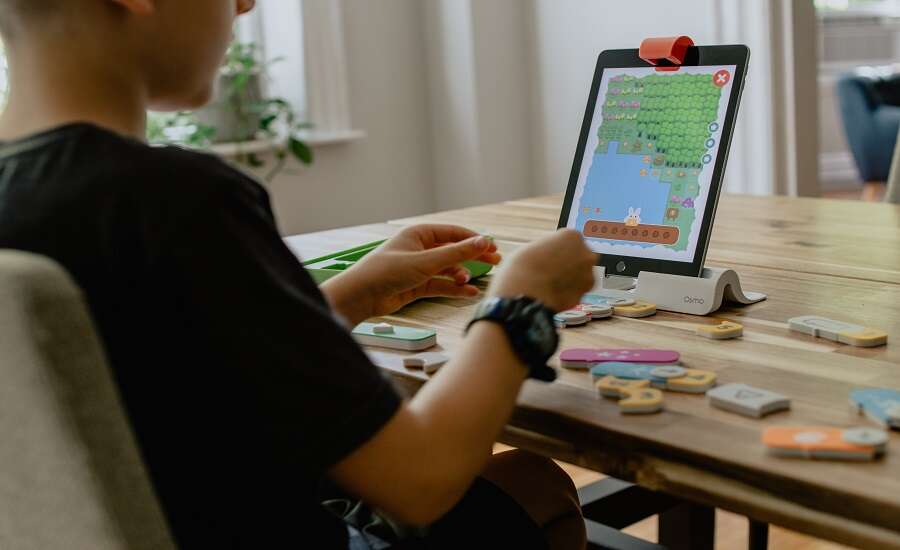
How can I introduce my kindergartner to coding?
- Unplugged activities: The abstract concepts in coding can be introduced through offline activities such as cooking or playing games
- Building robots: Hands-on activities such as creating robots and bringing them to life are a super fun and engaging introduction to coding
- Visual programming languages (VPLs): With no typing abilities required, VPLs such as ScratchJr or Kodu are suitable even for young kids!
- Coding classes: Small group or private coding classes with live instructors are the ideal environment for young kids to learn
Coding for Kindergartners
In today’s world, digital literacy is becoming just as important as reading, writing and math skills. Yet introducing a young child to the digital world should go beyond sitting them in front of an iPad for hours on end, but should help them understand how technology works. Some may say that learning to code is not necessary until high school or college. But like learning any language, the earlier you start something, the easier it is to master! With numerous coding resources, platforms and languages which are suitable even for little kids, this skill is within arm’s reach for anyone! So, why should your kindergartner learn to code and how can you introduce it to them?
Screen time for kindergartners
When we were growing up, many of us did not use a computer until into our teens. But technology is evolving at such a rapid pace that even babies and toddlers are pacified for hours at a time with iPads. According to the American Academy of Pediatrics, kids aged 5 years old should not be spending more than an hour each day in front of a screen. Thanks to the pandemic this has become impossible to enforce. What parents can influence, however, is how their young children use this screen time. There’s nothing wrong with winding down in front of a film or video game, but learning to code can transform kindergartners’ screen time into an educational activity.
Learning to code builds crucial skills
This young age is a crucial time for learning skills that will see your kids through kindergarten, elementary school and beyond. Yet the school system’s focus on cramming and memorising facts (which fall out of their brain as soon as the exam paper is closed!) often does not encourage kids’ deeper understanding, problem solving or lateral thinking. Through learning to code, however, your kindergartner will:
- Improve their problem solving and logical skills
- Persevere with more complex tasks
- Get better at concentrating and paying attention to detail
All these skills and more are honed through coding – and they’re applicable not just in the IT room, but in many more situations besides!
 Coding through offline activities
Coding through offline activities
Algorithm, loop, variable – for a coding novice these terms are basically a foreign language, right? How could a kindergartner possibly understand such abstract technological concepts? Well, there you’d be wrong! We come across computational concepts like these every day in our offline activities, and it is in these everyday activities that we can introduce them to young kids.
Teaching a child about algorithms and variables is as simple as writing a recipe for a sandwich or a cake. What order should the steps go in, and what happens if you change the order or the variables (the ingredients)? Another fun way to learn about algorithms is by creating a treasure hunt for your kids around the house or garden – if they don’t follow the instructions properly, they can ‘debug’ and try again. Playing board or card games or making up dance routines can introduce the concept of loops and conditionals. And you can even combine your kindergartner’s education with some spring cleaning by creating a family chore rota using Boolean expressions!
Check out our blog articles for more ideas of unplugged coding activities or how to get the whole family coding!
Learn to code through robotics
Speaking of hands-on activities, what kindergartner doesn’t love playing with LEGO? The educational robotics kit LEGO® WeDo 2.0 is a fun and engaging way to introduce your child to coding. After experimenting with the blocks to build their robot, your child can programme their creation via the visual programming language on the WeDo app to bring their robot to life with movement, sound and more! If you’re looking for something a little less complicated than LEGO, then the Ozobot could be great. This tiny robot is programmed offline through colour-coded commands or online via the OzoBlockly programming language.
Read on for other robotics kits and STEM gift ideas.
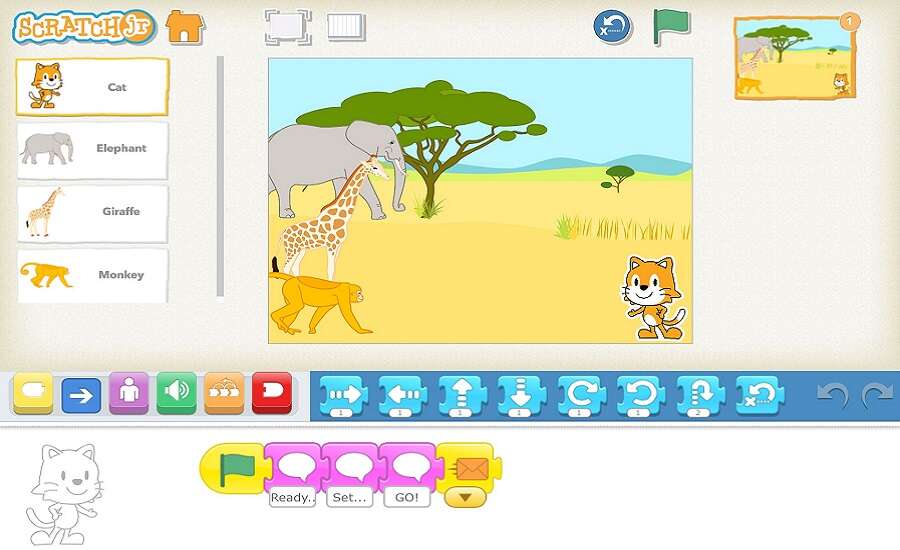 Coding languages for kindergartners
Coding languages for kindergartners
Thanks to the growing popularity of coding for young children, a number of platforms and coding languages have been developed with them in mind. And best of all – some of these do not require any typing abilities! Known as visual programming languages (VPLs), these non-typed languages introduce the main concepts of programming through experimentation with sequences of drag-and-drop blocks. They have interactive, multisensory, and multimedia interfaces which are highly engaging for little kids, and are centred around creating puzzles, games and animations. What’s more, the concepts learnt though VPLs are transferable to text-based languages used at industry level. Two popular VPLs for kindergartners are:
- ScratchJr: Designed for 5-7 year olds, kids can create fully-customisable 2D worlds, stories, art, games and more by combining picture tiles. ScratchJr’s big sister is the VPL ‘Scratch’, one of the world’s most popular coding languages for kids aged 8-16.
- Kodu: Kodu was developed for computer gaming purposes and inspired by the event and behaviour-driven programming of robotics. Kids aged 6+ can create a 3D game world using icon-based labels.
For a comparison of Scratch vs Kodu, check out our article.
Thanks for reading this article and if you have any questions or comments on this topic or coding and STEM in general, please feel free to contact us.
Photo by stem.T4L, Kelly Sikkema, CDC on Unsplash
